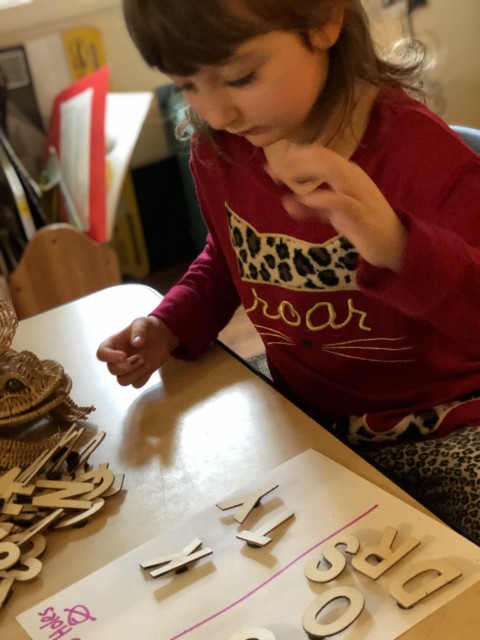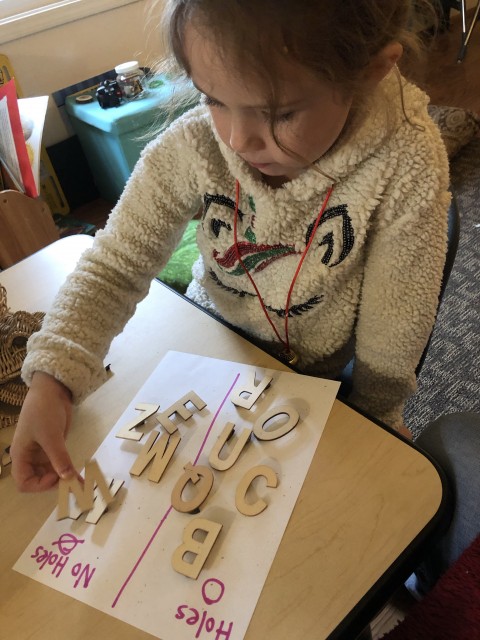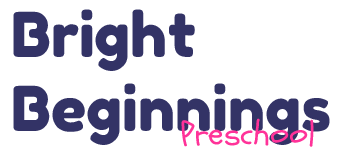Phonemic Awareness
Phonemic Awareness
The lack of phonemic awareness is the most powerful determinant of the likelihood of failure to read . -( Adams , 1990) 
What is phonemic awareness? Phonemic awareness is understanding that the words that we speak are made up of individual sounds, which are called phonemes. A child who is phonemically aware is able to isolate sounds, manipulate sounds, blend and take apart the sounds into individual spoken and written words
In phonemic awareness our main focus is on phonemes or sounds. In phonics a teacher’s main focus is on letters and their corresponding sounds. In phonemic awareness we deal with spoken language. In phonics you are mainly dealing with written language and print. When teaching phonemic awareness lessons are auditory. When you’re teaching phonics they are visual and auditory.
We are in week 26 of our phonemic awareness skills curriculum. Today I looked and these are some of the skills most of our kids have mastered.
( By most, I should say that I mean our older children that will be going into kindergarten next year .)
1. Rhyming
2. Onset fluency- Knowing and being able to isolate the sound a word begins with. So if I say puppy the child does not say the letter P – they say the sound “p.”
3. Blending- They can take words that are two syllables and separate them or put them together.
4. Isolating final or medial phonemes – . Hearing the sound thats in the middle of a word or at the end of the word.
5. Adding phonemes -taking a word like at and adding the sound “m” at the beginning to make the word mat .
6. Deleting phonemes- Taking words like Matt and asking what is left when you take away “m” sound ? At !
7. Substituting phonemes- . The children can even take a word and substitute the first letter sound for another letter sound.
Bee. Take away the “b” and use a “m” – Me. Me take away the “m” and use a “h” – he !
Also, we work on increasing language by reciting nursery rhymes. As of this week we have successfully learned 24 nursery rhymes 😳 I believe studies tell us that children that know 8-11 Nursery rhymes by the age of five are generally very successful readers. I believe we are well on our way.
” The most common source of reading difficulties is poor phonemic awareness.”
David A. Kilpatrick, Ph.D
Knowing letters when children are ready to learn them is important too. I don’t dismiss that foundation of learning. I just teach it differently. As we get closer to the end of the year and as our children get closer to five you’ll see me doing more letter recognition activities in the form of games. Before a child can begin to memorize letters they have to be able to look at them and differentiate what they look like. Example, they have to be able to see but some letters have straight lines and others don’t. Some litters have holes in them and some don’t. Some letters are made of all current lines. Today I did a game with our older kids to spark the curiosity of differentiating what our letters look like .


These phonemic awareness activities are done in about five minutes during family time and are a fun activity the children look forward to. This little table game lasted 1 to 2 minutes for each of the older children. The majority of our time is still spent in play- child led play.
